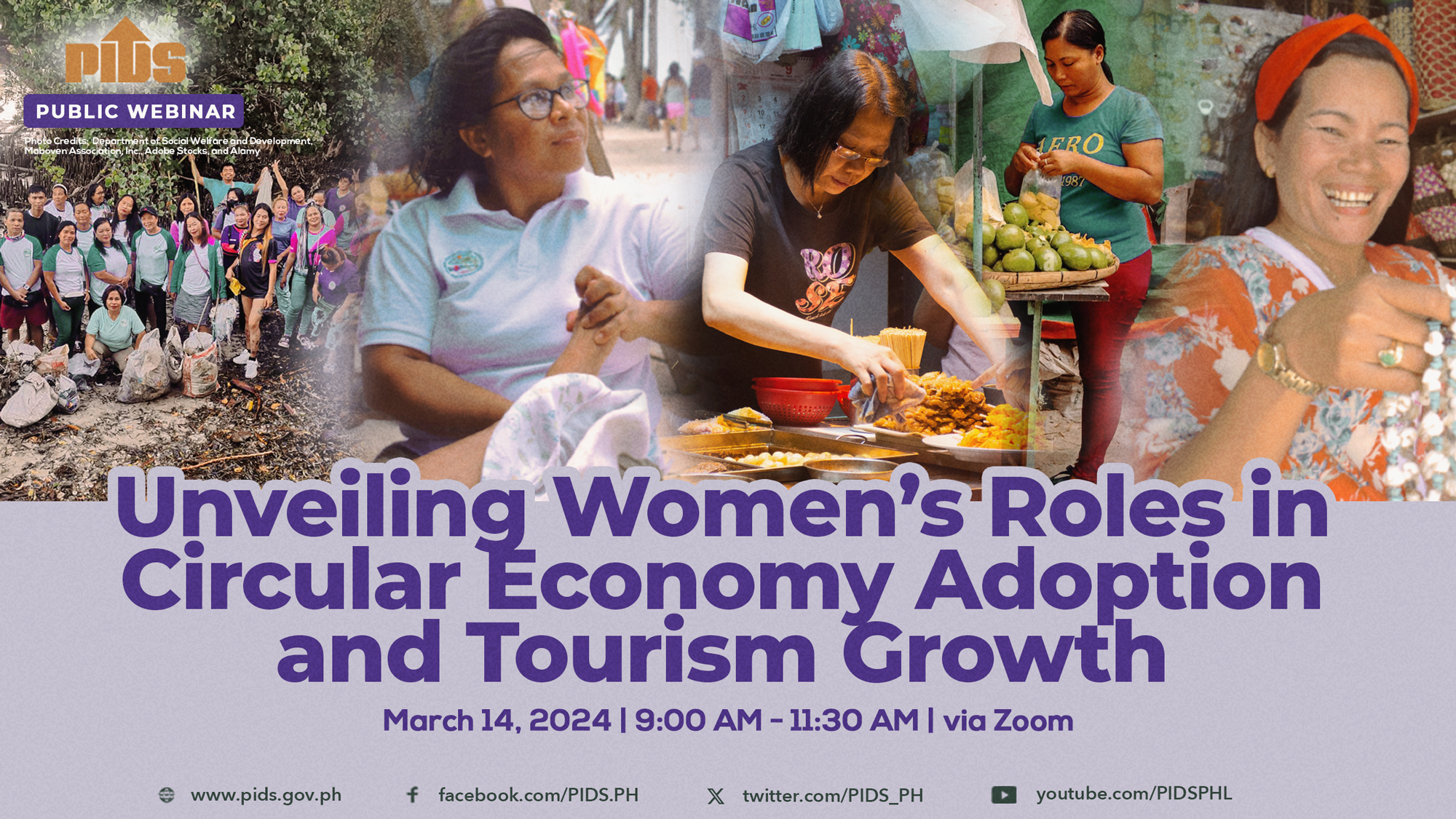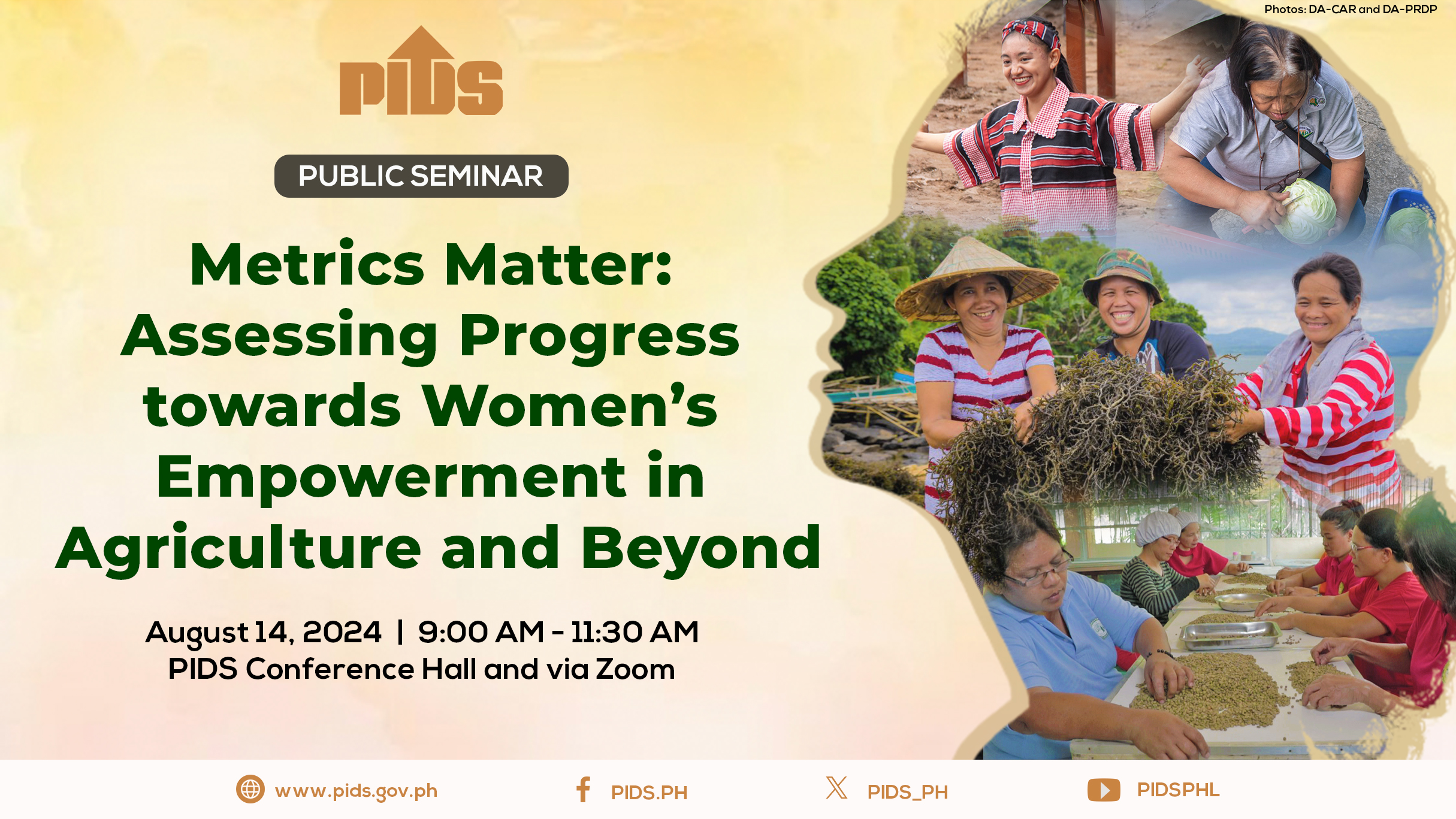GROWTH IN the Philippine agriculture sector is estimated to have been flat to lower in the second quarter in the absence of major events that may have dampened production.
Roehlano M. Briones, a senior research fellow at the Philippine Institute for Development Studies, said in a mobile phone interview with BusinessWorld that he is not aware of any large-scale issues that affected the farm sector during the quarter.
“I am not expecting much of a negative result. But neither do we see a very positive outlook for agriculture. I am seeing tempered growth for the sector,” Mr. Briones said.
The Philippine Statistics Authority is set to release its second quarter report on the performance of the agriculture sector today, Aug. 9. The sector posted 0.5% growth by value of production in the second quarter of 2020.
Farm sector output declined 1.2% decline in 2020 and contracted 3.3% drop in the first quarter of this year. Farm production accounts for about a 10th of gross domestic product and a quarter of the workforce.
The Department of Agriculture (DA) lowered its 2021 growth target for the farm sector to 2%, from the initial goal of 2.5%, citing the challenges posed by the African Swine Fever (ASF) outbreak and lockdown measures due to the coronavirus disease 2019 (COVID-19) pandemic.
Agriculture Secretary William D. Dar said in a mobile phone message that he is hoping for the agriculture sector and subsectors such as crops, poultry, and fisheries to post growth for the quarter, with the exception of the livestock subsector, which was hit by ASF.
“A factor that contributed to achieving growth for the agriculture sector is the hard work done by our farmers and fisherfolk, together with support given by the DA and local government units,” Mr. Dar said.
Roy S. Kempis, Pampanga State Agricultural University professor, said in a mobile phone message that he expects agricultural production to come in little changed.
“My projection is flat (of) 0.21%, (within a range of) 0.1–1.0%. Crops and fisheries subsectors will contribute to positive growth; livestock and poultry subsectors will continue to decline and slow down growth,” Mr. Kempis said.
“The weather is an important factor in this performance as the sun is up and there are fewer rain-producing disturbances during the period. With irrigation, crops produce more; with fewer weather problems, more fish is caught in the open seas as fishermen are likely to go out fishing,” he added.
In a mobile phone message, Federation of Free Farmers National Manager Raul Q. Montemayor said an increase in output will not be “surprising,” but noted that growth figures can be deceptive.
“We can have higher output in terms of volume but lower growth in value of production if farmgate prices are low,” Mr. Montemayor said.
Mr. Montemayor said the second quarter had generally good weather favorable for most crops but production could have been held back by the livestock subsector, particularly the hog industry, due to the ASF outbreak.
“The DA should be focusing more on improving farm productivity and competitiveness instead of just growth targets,” Mr. Montemayor said.
Rolando E. Tambago, Pork Producers Federation of the Philippines, Inc. president, estimated that hog production declined for the second quarter, citing the low confidence of hog raisers in reinvesting.
Mr. Tambago said demand is also weak due to the pandemic and as pork imports enter the country under reduced tariff rates.
“Swine production will continue to decline until early next year since the massive import volume of pork will spill over until the first quarter of 2022,” Mr. Tambago said.
Pork imports were expanded to rapidly augment supply and reduce prices as ASF reduced the hog inventory.
The DA recently declared six locations in Batangas — Lipa City, San Jose, Malvar, Rosario, Taysan, and Nasugbu — as officially free from ASF.
Agriculture output growth flat to lower in 2nd quarter












